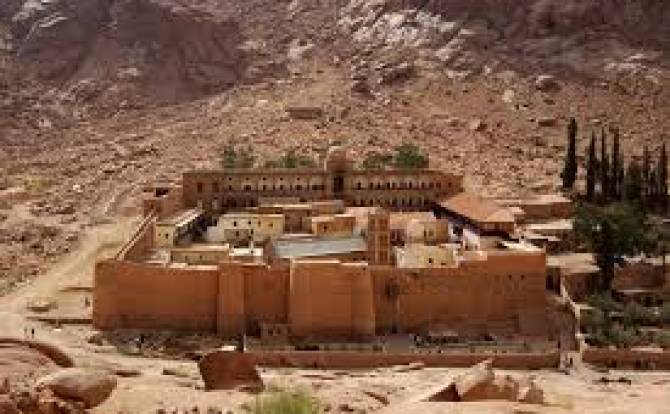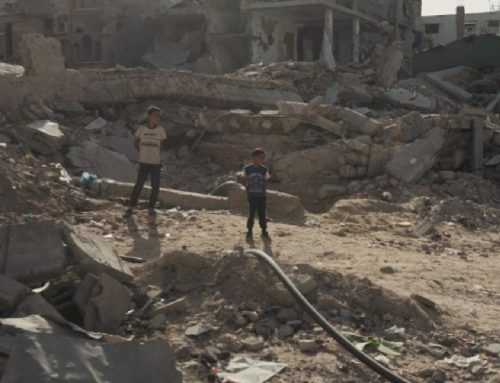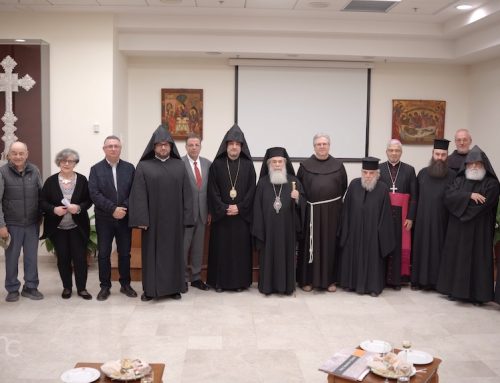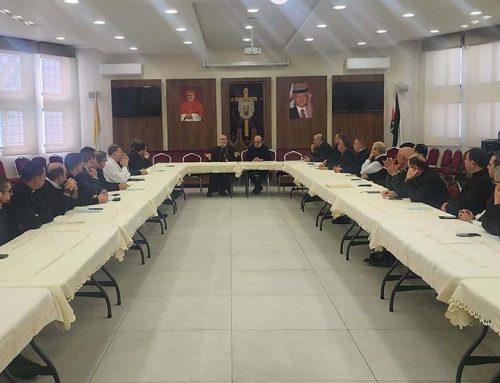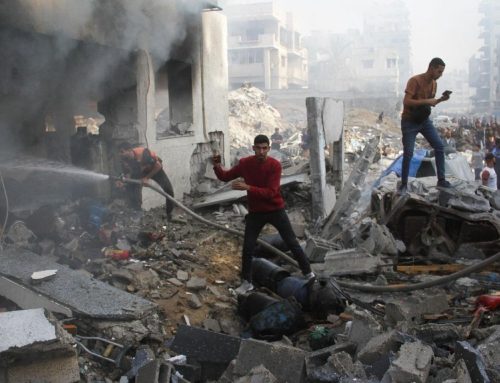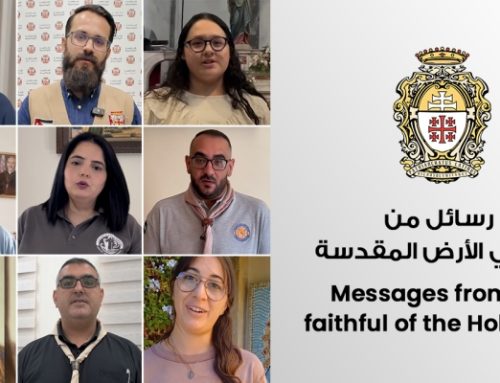The Orthodox monks of St. Catherine, one of the oldest continuously operating monasteries, share their daily lives with the desert tribes.
Along with his dark jellabiya head dress and a red keffiya, Ahmed Abou Rachid also sports the latest model sunglasses.
His street-accented voice contrasts strongly with his status as a Bedouin chief, who leads the Jabaliyas, one of the eleven tribes of the southern Sinai.
Rachid is also an adviser to the Bedouins on issues relating to the Greek Orthodox Monastery of St. Catherine, one of the world’s oldest continuously operating monasteries.
“We have been responsible for protecting the site since the sixth century,” he explains.
For some time now, Rachid has observed with growing concern the diminishing number of visitors to the monastery, the walls of which shine brightly under the midday sun.
Announced with great fanfare, the Egyptian army’s latest operation against an ISIS bastion in the northern Sinai has also affected the south of the peninsula and its tourist sites.
“The operation has created fear among foreigners because people confuse the north and the south of the Sinai,” Rachid says.
The Bedouins, who are responsible for the protection of the monastery, survive mainly from the economic activity engendered by tourists who are fascinated by the site’s beauty.
They act as guides, camel drivers or even jeep drivers.
Local tribes also organize desert tours and excursions to camps where tourists are able to experience the life of the inhabitants of the Sinai.
“Normally, February and March are the best months but this season does not look good,” says Rachid, who works closely with the army and police to ensure security in the region.
Around 300-400 people visit each day to admire the treasures of the monastery with its icons and library of rare manuscripts, which is once again accessible to researchers.
But this is far below the number who used to come prior to Egypt’s revolution.
However, the real turning point came with the bombing of a Russian plane in 2015 near Sharm el Sheikh.
This attack for which ISIS claimed responsibility caused 224 deaths and drove away the crowds who used to flock to resorts along the Red Sea.
Monastery kitchens have kept their doors open to the Bedouins most affected by the economic crisis.
“When we need food or medicine, people can always come here,” says Sheik Rachid, whose tribe has 7,000 members.
The monks themselves also depend on outside assistance.
“Our community here is quite small and we could not maintain the monastery and its gardens without support,” says Father Justin, who is the librarian at St. Catherine.
Three different communities live side by side at the monastery, including monks, who are nearly all Greek, Coptic workers from Upper Egypt and Bedouins from the Sinai.
Although a police officer was killed last April near the monastery in an attack claimed by ISIS, the monks refuse to give in to fear.
“Tourists and monks were not targeted,” Father Justin says.
“As in other places in the country, it is the police who were targeted. We do not feel that we are facing insecurity here,” he says.
On the contrary, the monks are pleased to say that St. Catherine’s offers an image of peace to the world.
For centuries, communities of nationalities, languages and different religions have lived here in harmony.
Nevertheless, the Quai d’Orsay, which hosts France’s Ministry for Foreign Affairs, has classified the region as a “red” zone and travelers are strongly discouraged from visiting.
Source: la-croix.com

